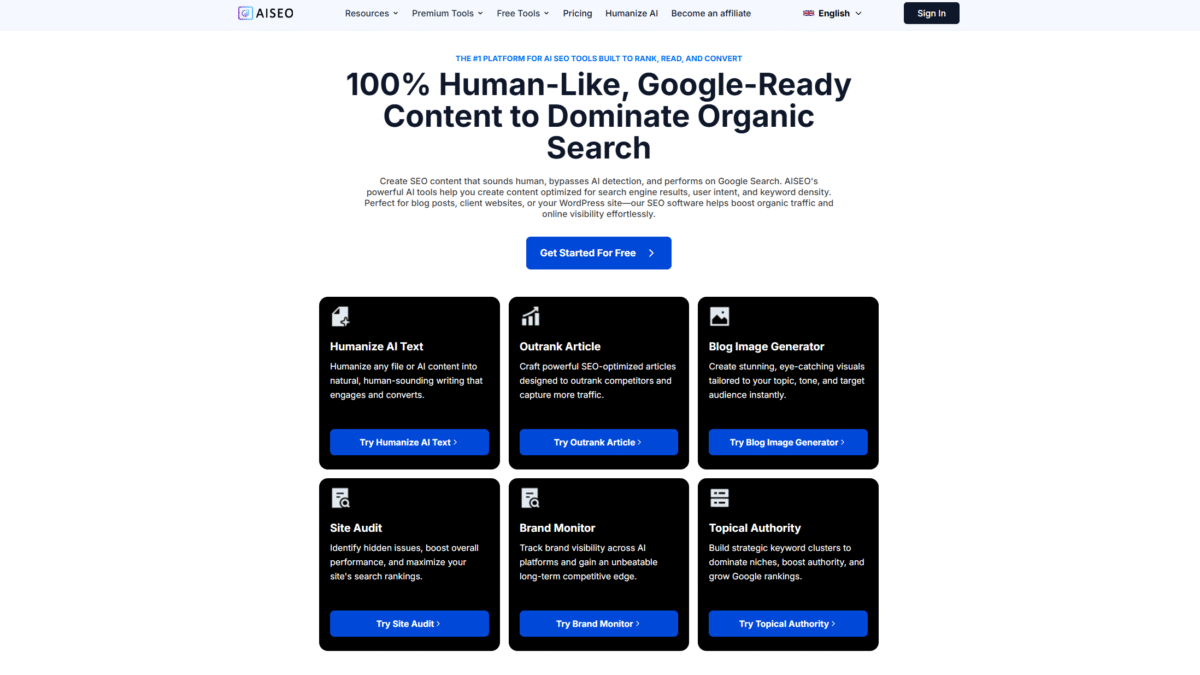
5 Simple Ways to Detect AI Writing Instantly
If you’re on a mission to detect AI writing with pinpoint accuracy, you’ve come to the right place. Manual reviews can miss subtle AI fingerprints, and traditional proofreaders struggle to identify machine-generated text. That’s why I recommend AISEO as your secret weapon to not only refine human-like content but also benchmark against advanced AI detectors. Try AISEO for Free Today and see how effortlessly you can flag or transform AI-crafted passages.
Whether you’re an educator policing student essays, a journalist verifying article authenticity, or a content manager safeguarding your brand voice, these five proven methods will empower you to spot AI-generated text in seconds. Let’s dive into each approach, backed by clear examples and actionable tips.
1. Analyze Writing Style Consistency
One of the hallmarks of AI-generated text is a sudden shift in style or tone. Human writers naturally vary vocabulary usage, sentence length, and emotional expressiveness. AI, on the other hand, often produces uniformly structured sentences and predictable phrasing.
- Look for repetitive sentence patterns or synonyms used interchangeably.
- Check if complex ideas are explained in overly polished, textbook-like prose.
- Spot abrupt changes—like a formal paragraph followed by an overly casual sentence.
2. Identify Overly Perfect Grammar
AI systems like GPT-4 or Anthropic models are trained to produce grammatically flawless text. While perfect grammar sounds ideal, it can be a red flag. Human writers usually make occasional typos, use regional idioms, or introduce a dash of stylistic flair.
When you read a passage that seems too polished—no contractions, zero comma splices, and flawless punctuation—question its origin. Authentic human writing typically carries at least one minor quirk.
3. Use Dedicated AI Detection Tools
Automated detection services leverage machine learning to flag AI-generated copy based on statistical patterns. While free detectors can help, they vary in accuracy.
- Originality.ai and Turnitin AI Scanner
- OpenAI Classifier
- Third-party browser extensions
For a more robust solution, integrate a tool that not only spots AI markers but also helps you humanize the content instantly. With AISEO’s built-in AI Chatbot, you can both flag machine-written text and transform it into undetectable, engaging prose. Try AISEO for Free Today and elevate your detection workflow with real-time previews and a human score indicator.
4. Examine Metadata and Revision History
Many AI writing platforms leave digital footprints in document properties or version logs:
- Check file metadata for unknown authorship or tool tags.
- Review timestamps—AI drafts often appear in a single burst with minimal revisions.
- Look for large blocks of text added in one session, which can signal auto-generation.
By auditing the editing timeline, you can often distinguish between a human’s incremental edits and an AI’s instant output.
5. Spot Generic or Overly Broad Content
AI models are excellent at producing safe, generalized content. If an article lacks specific examples, anecdotes, or unique insights, it may be AI-crafted:
- No first-hand experiences or personal pronouns (“I” or “we”).
- Vague statements without data points or citations.
- Repeated use of stock phrases like “In today’s digital age.”
Authentic writing often weaves in personal stories, distinctive analogies, and precise references. If you don’t see those, dig deeper.
Conclusion
Mastering the art to detect AI writing ensures you maintain integrity, credibility, and originality in every piece of content you handle. By combining keen editorial skills with advanced detection and humanization tools, you can stay one step ahead of machine-generated text. Ready to transform your content strategy? Visit Try AISEO for Free Today and unlock seamless detection, unparallelled human-like rewriting, and consistent brand voice across all your materials.
